Since we’ve been performing roof repairs in NJ for many years, we know a lot about your roof — possibly more than you do yourself. For instance, do you know if your roof has ventilation? If you’re scratching your head, don’t worry. Most people have no idea what roof ventilation is, what it does, and if they need it, so no one’s judging you for being clueless. However, if you’re invested in the long-term health of your home, it’s always a good idea to learn more about ways to keep it safer and sturdier. Take some time to get the facts about this little-known feature of certain roofing systems!
An Important Distinction
There are multiple types of ventilation that can be placed on roofs. There are vents built into your roof decking (often called “ridge vents,” “gable vents,” or “soffit vents,”) and there are vents built through your roof to ventilate your attic (often called “attic vents”). For the sake of this article, we’ll be discussing the first category of vents rather than the second. Attic vents can be useful and are often required by building code (the Federal Housing Authority recommends one attic vent every 300 square feet of attic space), but we’re specifically sticking to vents that promote roof health in this piece.
What Roof Ventilation Does
Ridge vents, gable vents, and soffit vents all perform the same function; they just have different names based on the style of roof they’re built into. So what do these vents do?
If you have a hot attic or a boiling basement, you already know that poor air circulation can make your home miserable — and jack up your energy bills. Roof ventilation is designed to allow fresh air to enter your home. So whether your home has an attic or an unfinished basement, this roof ventilation helps maintain air circulation through these vulnerable areas. During the summer, roof ventilation draws in cool air, which cools off the roof sheathing and helps preserve materials such as asphalt and EPDM roofing. In winter, vents prevent snow from freezing inside your gutters and causing dangerous ice dams.
If you’re worried that these types of vents will let in water, critters, or other unwelcome elements from outdoors, we’re glad you’re thinking proactively about your roof — but we can reassure you that nothing of the sort will happen. Properly designed roof vents are sealed against precipitation and don’t have enough space for even the smallest pests to creep through.
The most effective roof ventilation systems combine multiple approaches. In order for us to truly plan the best ventilation system for your roof, we’ll measure its square footage, take photographs as needed, and evaluate what might be best for your specific situation.
Advantages of Roof Ventilation
Wondering if you should have roof vents installed? Here are some perks of a vented roof:
- Lower energy bills
- More comfortable home
- Decreased environmental impact (less heating and AC usage!)
- Extended lifespan for your roof
- Better exhaust ventilation for your home
Considering Roof Ventilation?
If you’re considering having our experts at All County Exteriors install this cool (pun intended) roofing technology in your home, you’re making a smart choice. Proper intake and exhaust vents for your roof can make a serious difference in its service lifespan — and protect you and your family against roofing damage due to wear and tear.
Do you need other work done around your home? We’re more than just roofers! We’re also available for other home improvement jobs, including sunroom construction services, replacement windows, and so much more. Contact us today for a free, no-obligation project estimate or schedule service online anytime. We’ll speak with you soon!
Subscribe to All County Exteriors's Blog



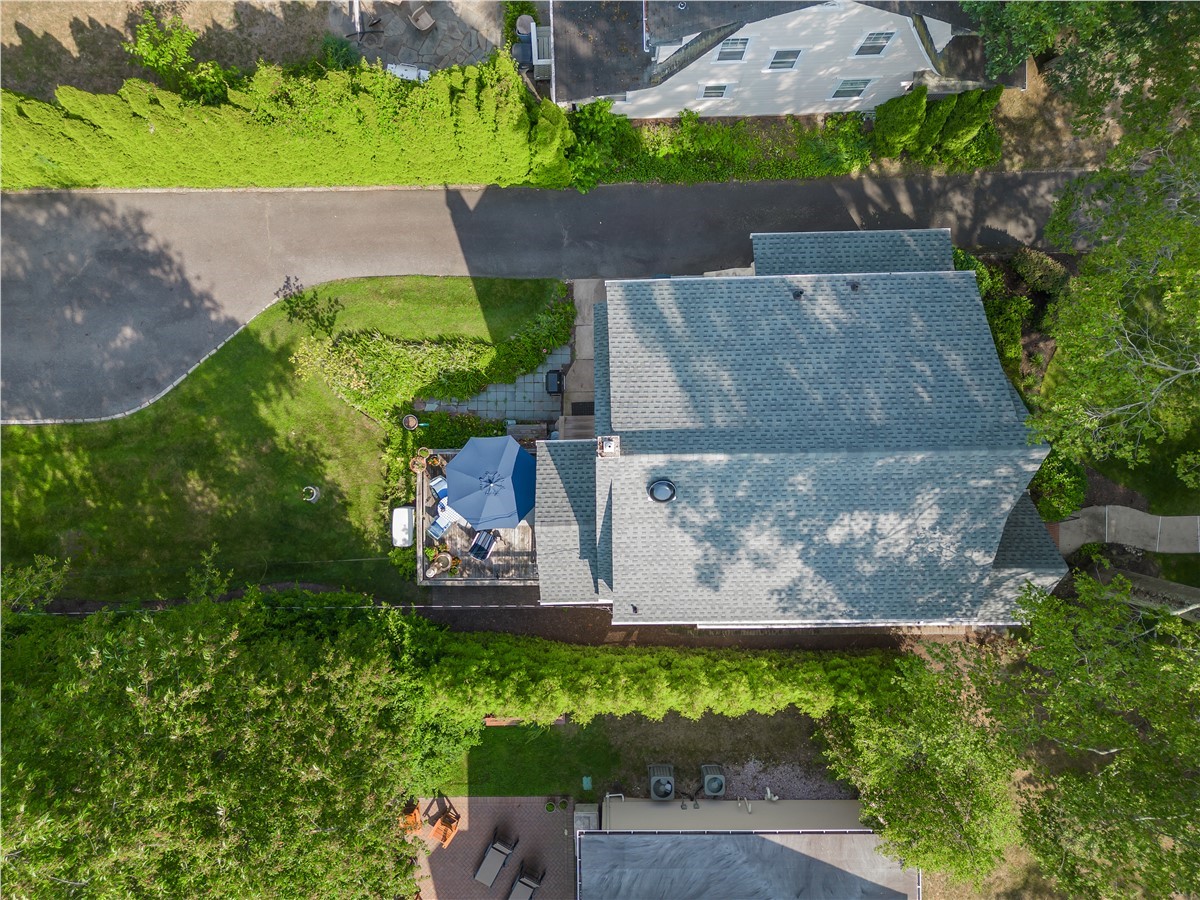
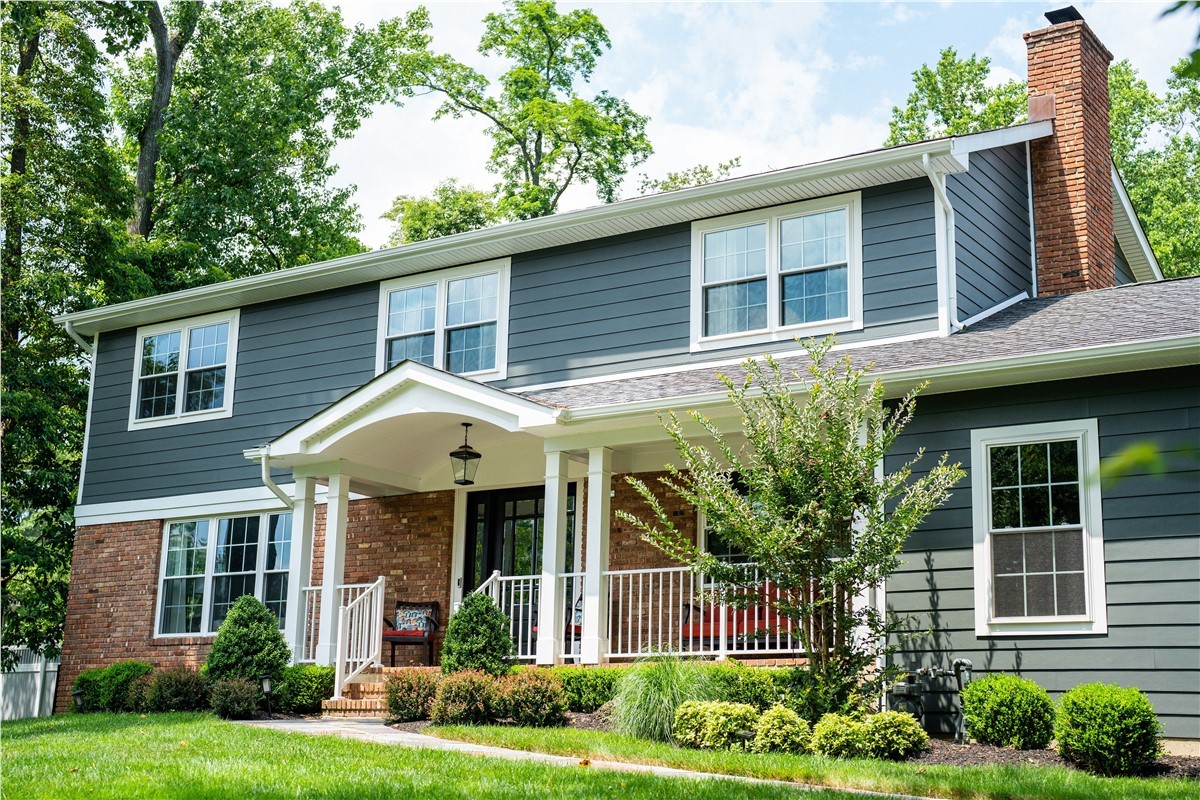
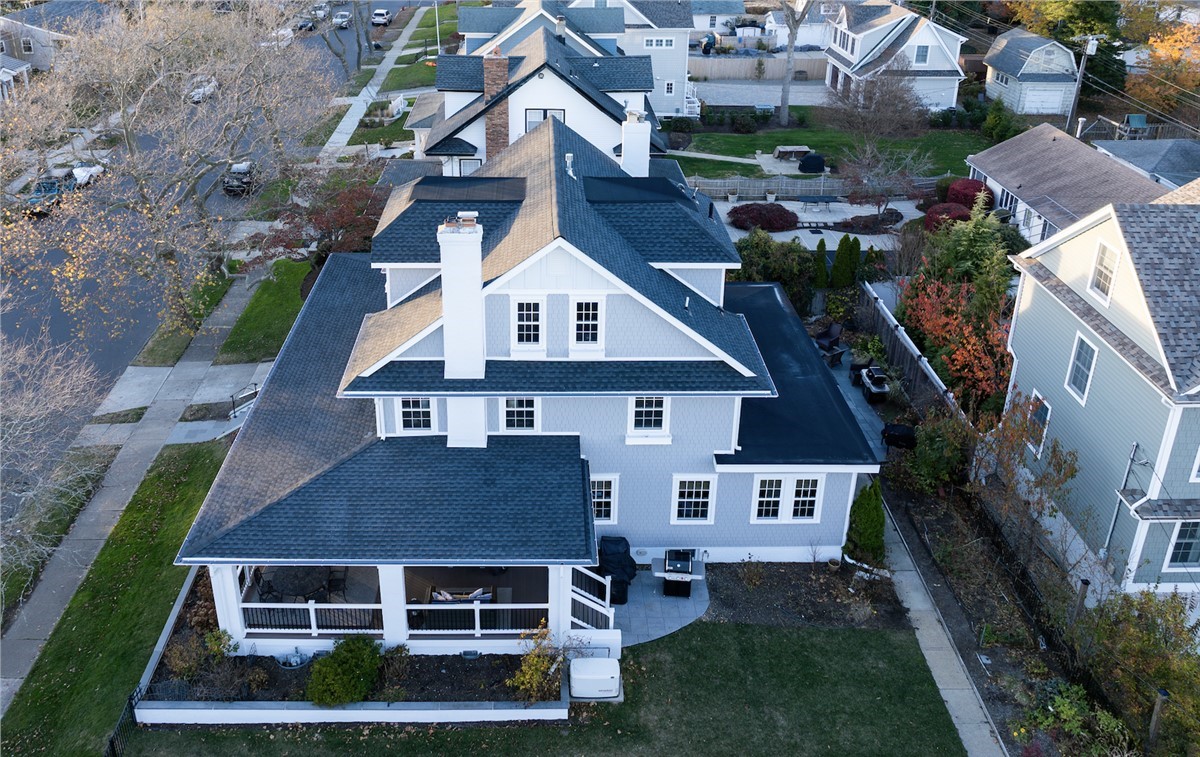
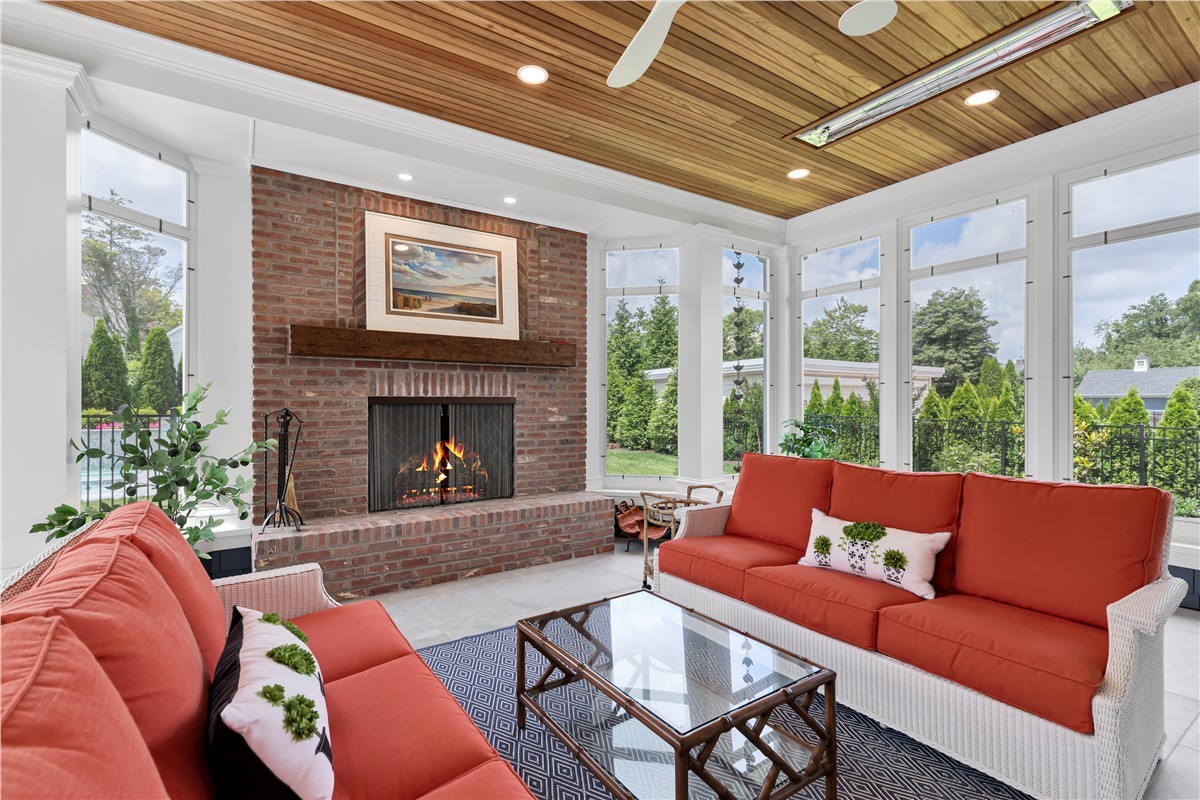
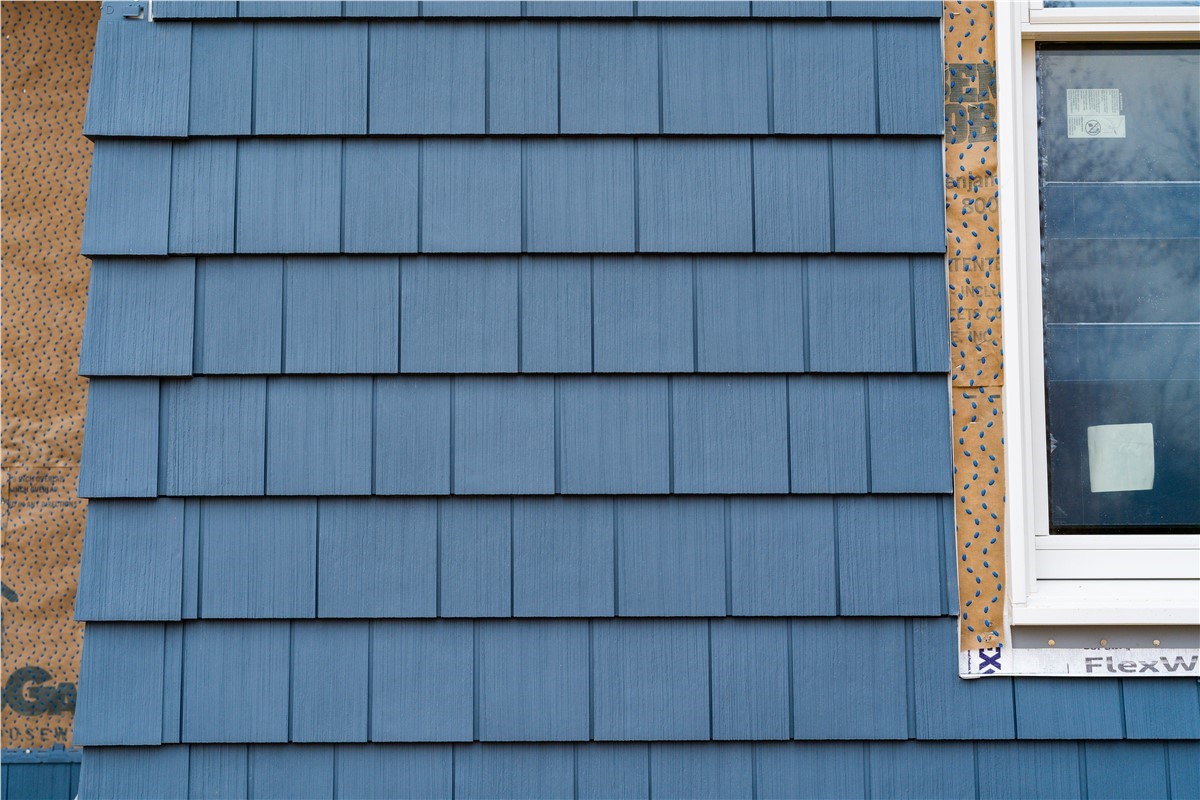

Comments